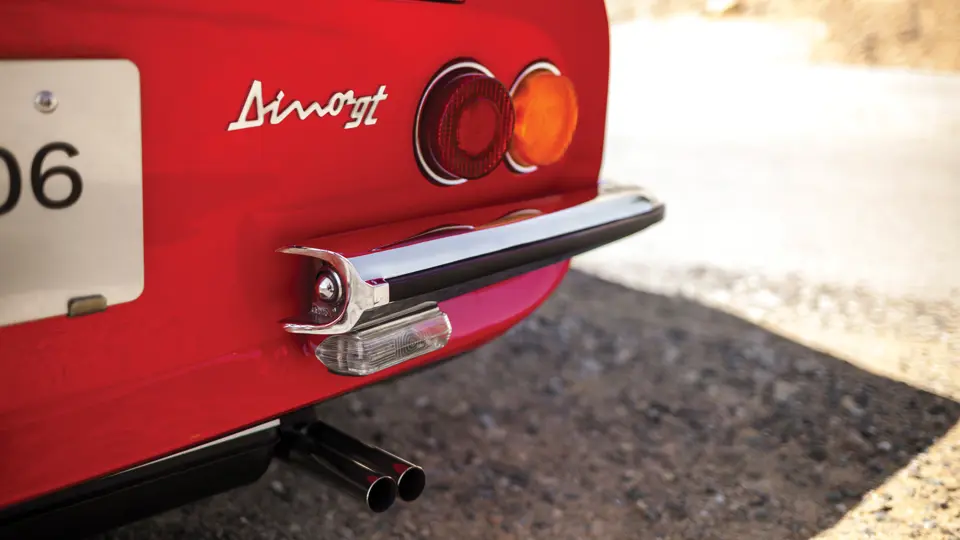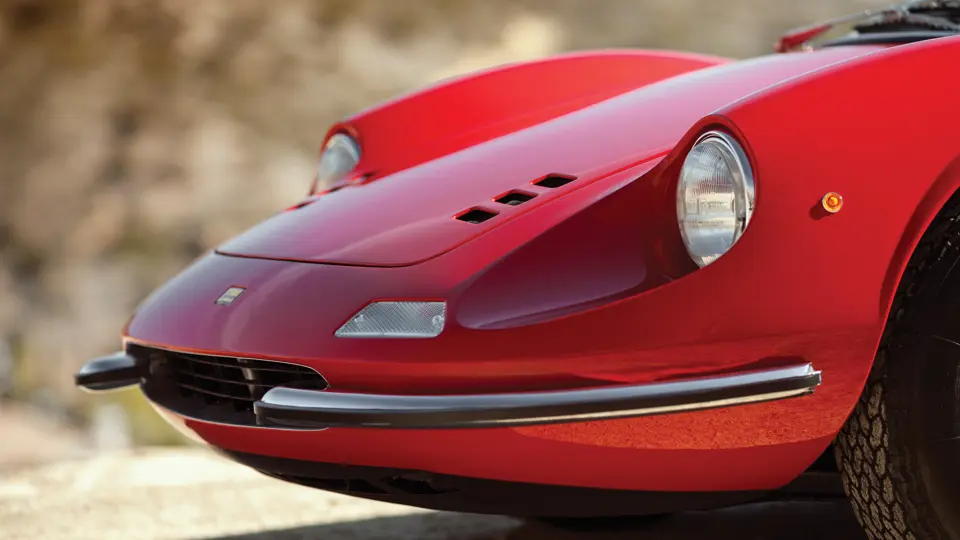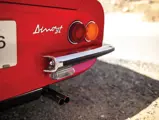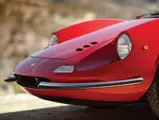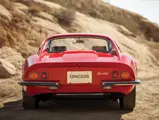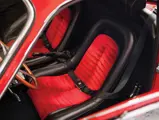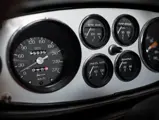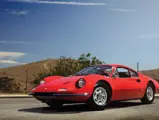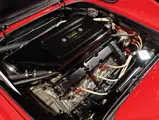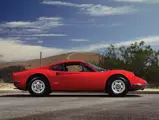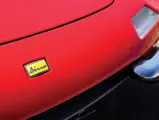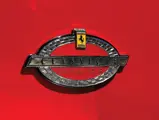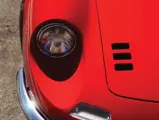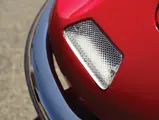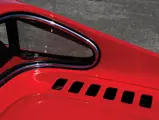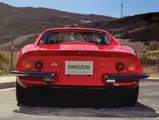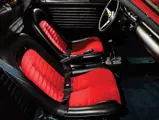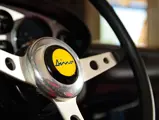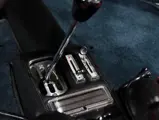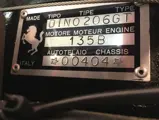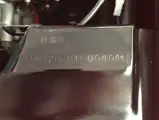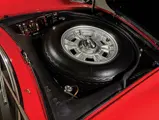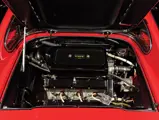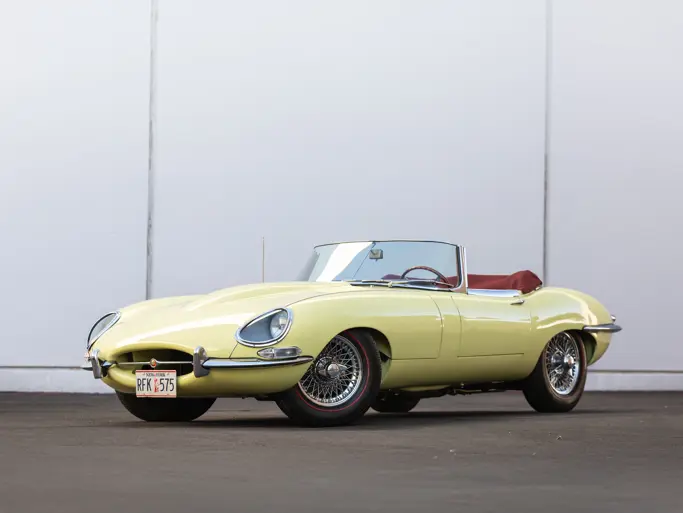
1969 Ferrari Dino 206 GT by Scaglietti
{{lr.item.text}}
$770,000 USD | Sold
{{bidding.lot.reserveStatusFormatted}}
- The first Dino on the next-generation L-Series chassis
- All-alloy “246 interim” factory body
- One of 153 examples of the 206 GT produced
- Longtime ownership by a Japanese collector
- Ferrari Classiche certified; matching numbers
180 hp, 1,987 cc DOHC V-6 engine with three Weber 40 DCNF/1 carburetors, five-speed manual transaxle, unequal-length A-arm front and rear suspension with coil springs and anti-roll bars, and four-wheel disc brakes. Wheelbase: 90 in.
THE LITTLE FERRARI THAT COULD
If there was one model in Ferrari’s rich history of production cars that proved to be more unconventional than any other, it was surely the Dino 206 GT that appeared in 1969. The Dino was the only Ferrari ever built with the intention of being a sub-brand, a distinction that riled both Ferrari purists at the time and collectors today who strive to correctly restore them to the often-misunderstood nomenclature, as they were originally badged only with a Dino emblem.
However, it was not merely the unusual branding approach that made the Dino so disruptive to Ferrari’s traditional road car output. In the midst of a proud history of frontally located V-12 berlinettas and touring spiders, the Dino was thoroughly modern, featuring a V-6 that was transversely mounted behind the driver. Though Ferrari had pioneered this exotic approach with the 206 S and 206 SP prototype racecars of the early 1960s, it had never before been offered on a production car from Maranello.
A completely unique numbering system for both the Dino’s chassis and motors eschewed Ferrari’s traditional odd-numbered sequencing for their road cars. Even the model’s numeric vocabulary broke with Ferrari model-naming tradition. Whereas 12-cylinder Ferraris were generally named for the cubic-centimeter displacement of a single cylinder, the Dino’s 206 actually represented a 2.0-liter engine in six-cylinder form. This style of terminology would notably continue on all mid- and rear-engine Ferraris of the 1980s and early ’90s, with the well-known three-liter, eight-cylinder model introduced in the mid-1970s dubbed the 308 GTB, for example—and it all began here, with the 206 GT.
From 1969 to 1974, the Dino evolved in both size and weight. First, engine displacement was increased with a 2.4-liter motor while jettisoning the all-alloy engine casing of the 2.0-liter unit, and then, eventually, the hand-formed aluminum alloy–paneled bodies of the 206 were replaced with steel for the subsequent, much more common 246 GT. (An open-cockpit spider version was later added to accompany the berlinetta, called the 246 GTS.) Known for their advanced design and nimble handling, this formula eventually became a permanent wave of evolution, as the mid/rear-engine configuration continued for decades in an eight-cylinder lineage that began with the 308 GTB and thrives to this day in the 488 GTB. So, with the advent of the 206 GT, another Ferrari classic was born.
CHASSIS NUMBER 00404
This late-production 206 GT has the rare distinction of being the transitional model between the first-generation 206 and the next-generation 246 GT cars. In addition to having a larger engine, the Dino 246 GT rode a wheelbase six centimeters longer than its predecessor, which was internally classified as the “L-Series” chassis in its first iteration. The Dino on offer here, though officially a 206 GT and featuring its original two-liter motor, is confirmed by Ferrari Classiche to be the very first car built on the longer L-Series chassis. As factory documentation plainly states, “This car is the very first Dino to be built with the 607 L chassis.”
Owned for many years by a collector based in Japan, the car was restored to original specifications, gleaming with its Rosso Chiaro over Nero livery (with the addition of attractive red inserts to the correct 206 GT seating), and it even retains the distinctive, original-type “unobtanium” wooden steering wheel. As such, it is recognized as authentic in all important respects by the Ferrari factory with the 2011 issuance of the definitive Ferrari Classiche certification.
The 206 GT demonstrated Scaglietti’s masterful execution of Pininfarina’s arresting design in its purest form, of which only 153 examples were produced. This Dino is rarer still, by far, as the transitional model displaying the early, charming 206 features with desirable aluminum-alloy construction on the next generation platform. Its availability here marks only the third time that RM Sotheby’s has offered any 206 GT, an indication of how seldom they come to market, let alone an example this rarified.
Presented at the 2015 Concorso Italiano, where it served as a centerpiece, this striking 206 GT presents beautifully and was an award winner at the 2015 FCA International Meet in Monterey, California. It currently displays 56,000 kilometers (approximately 33,000 miles) and would make a brilliant addition to any collection of exceptional Ferraris as interesting and collectable as this unique Dino.




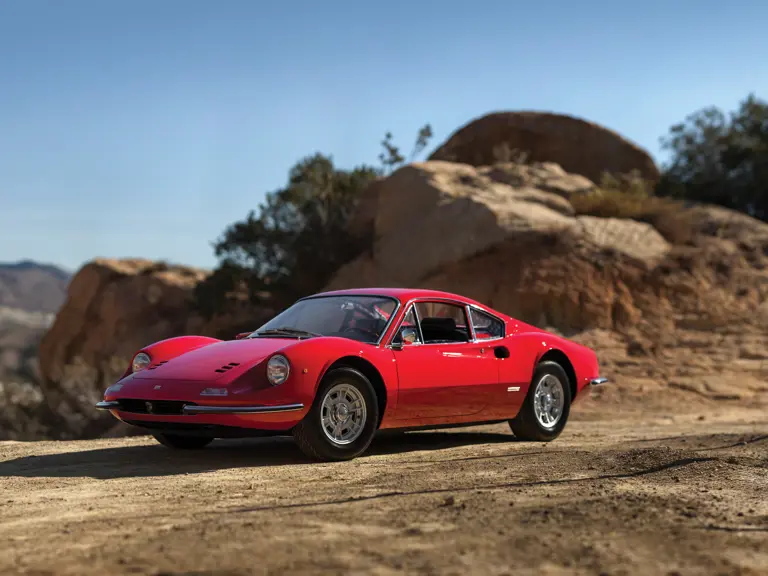
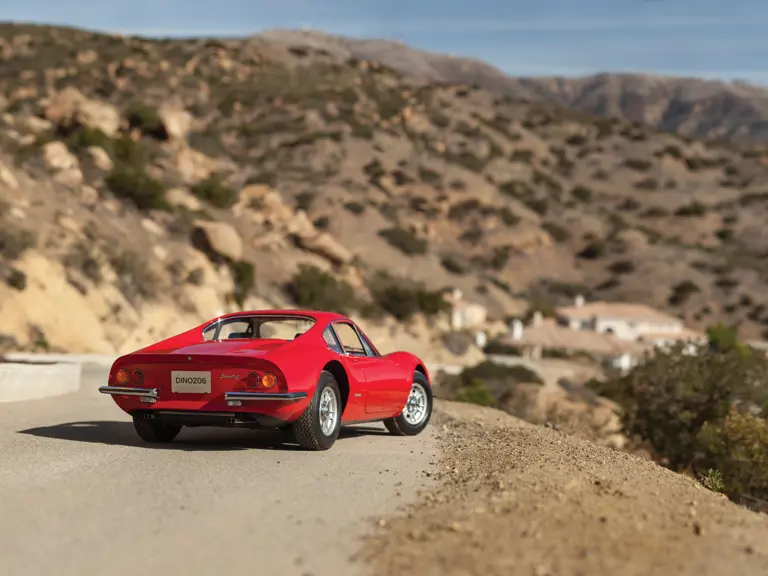

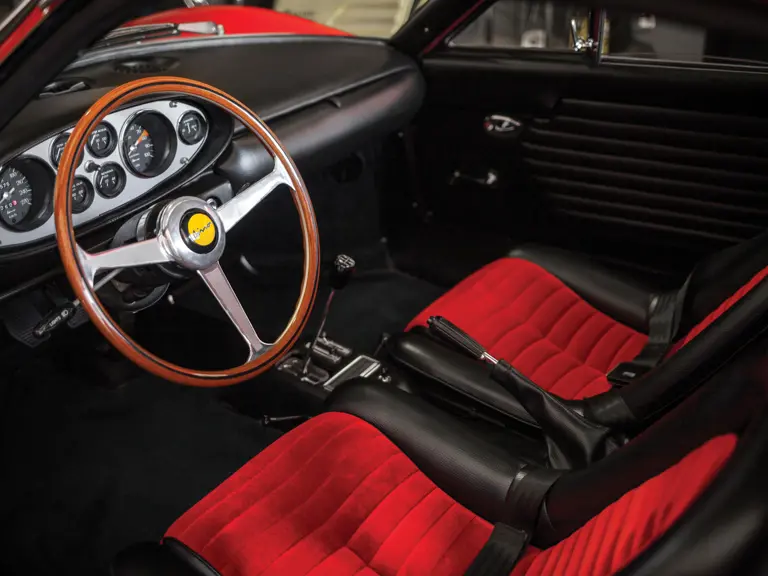
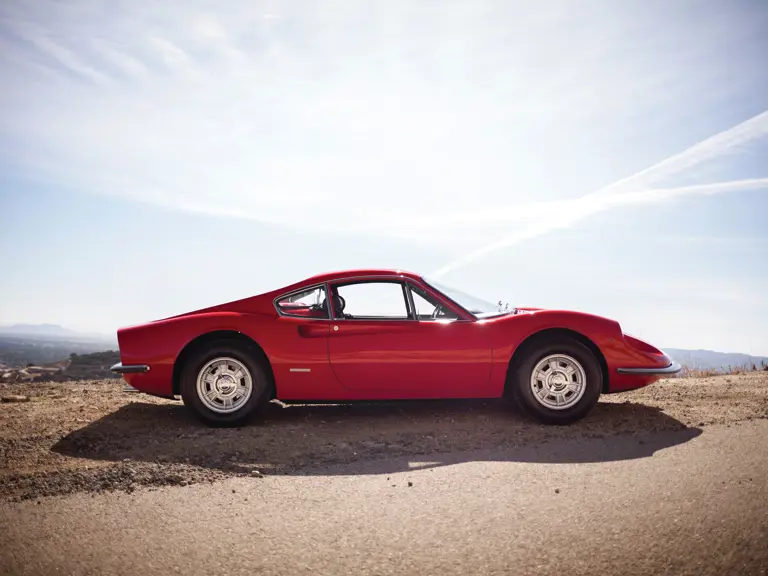

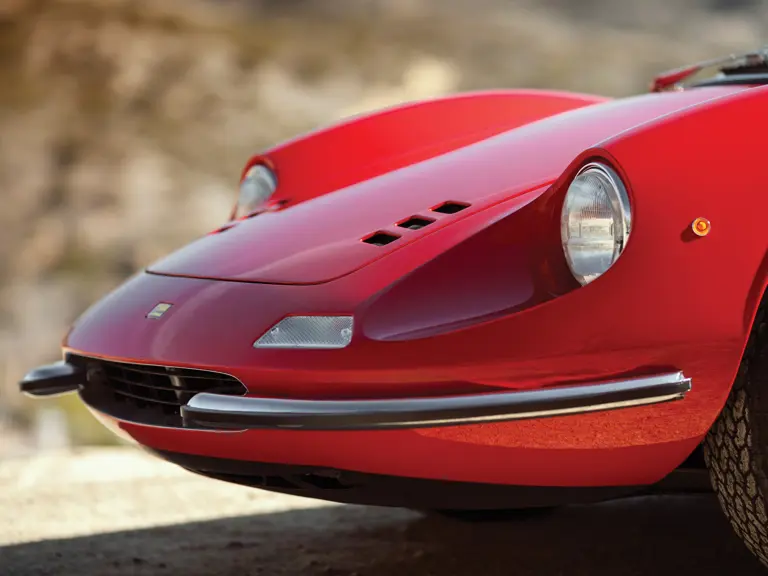
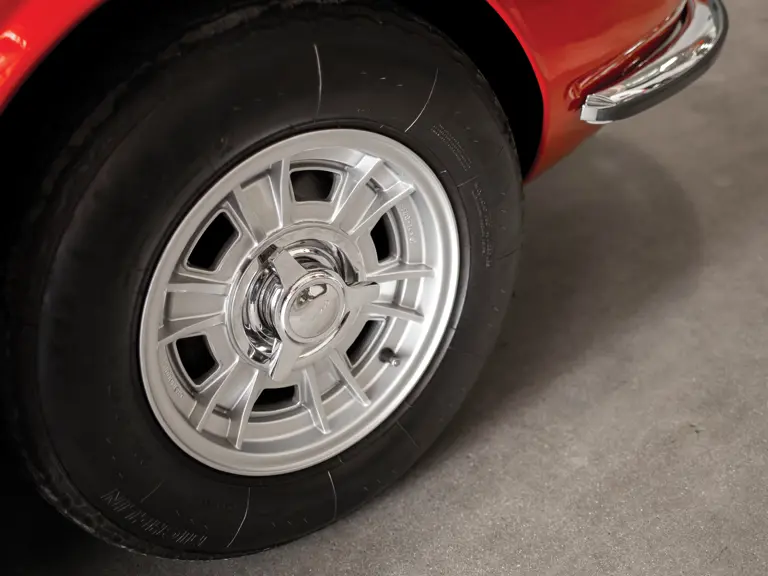
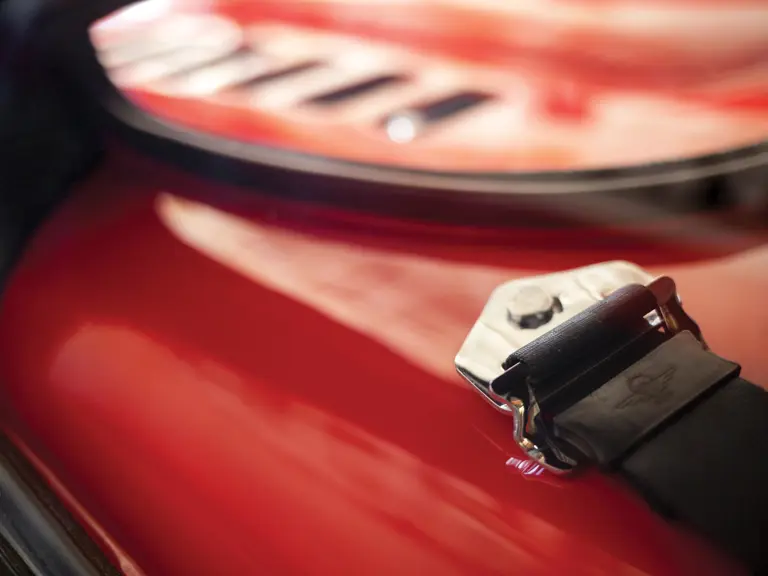
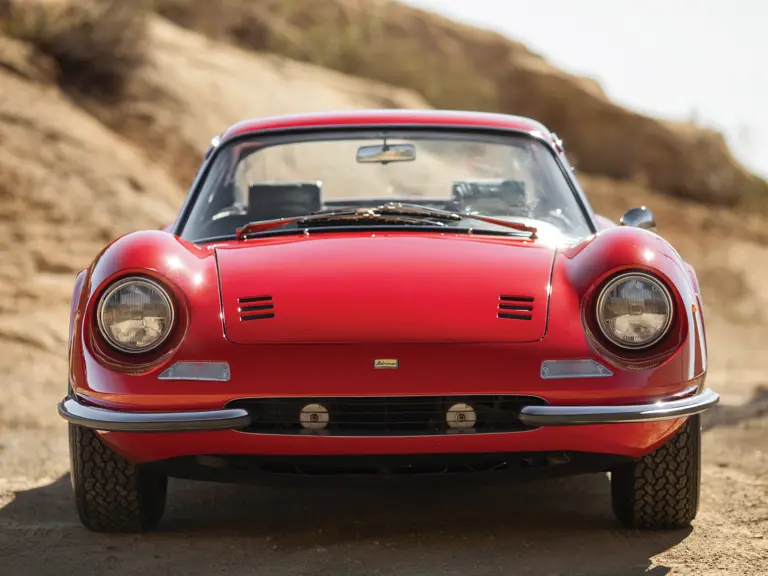
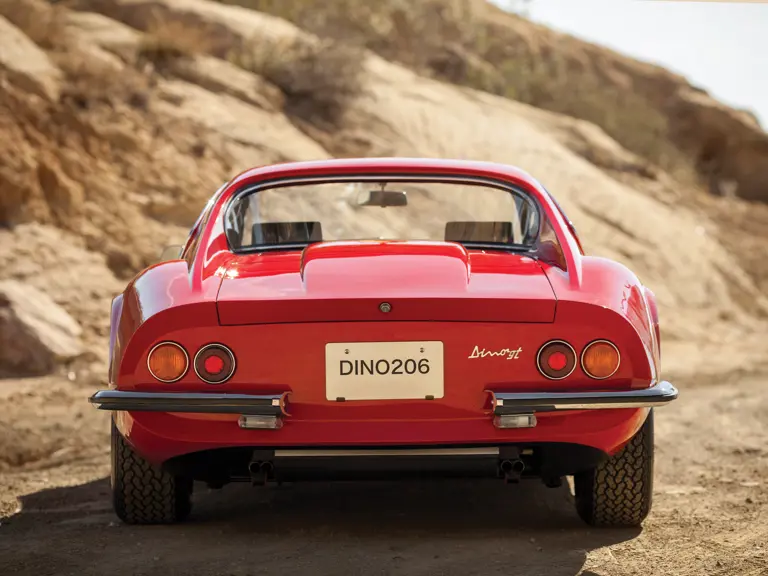
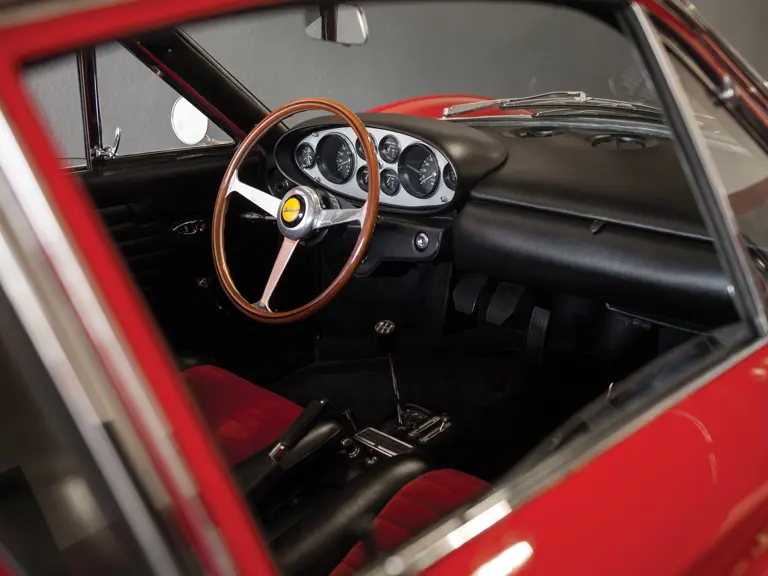
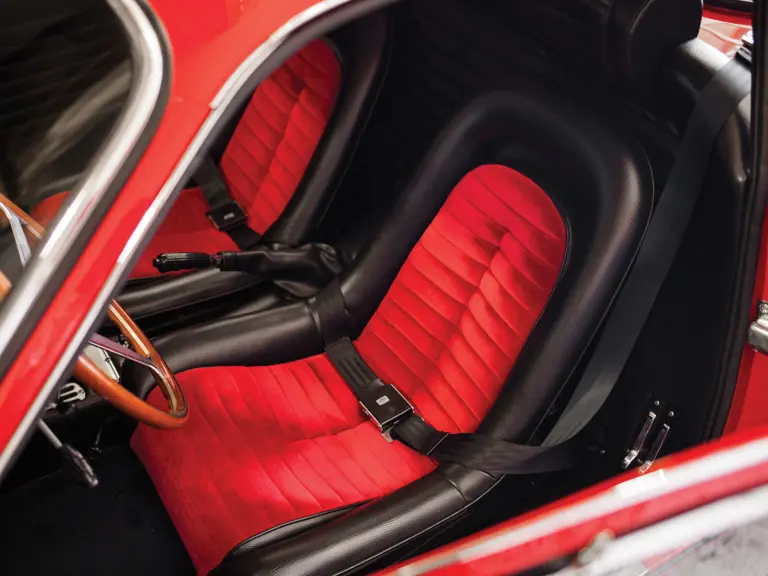
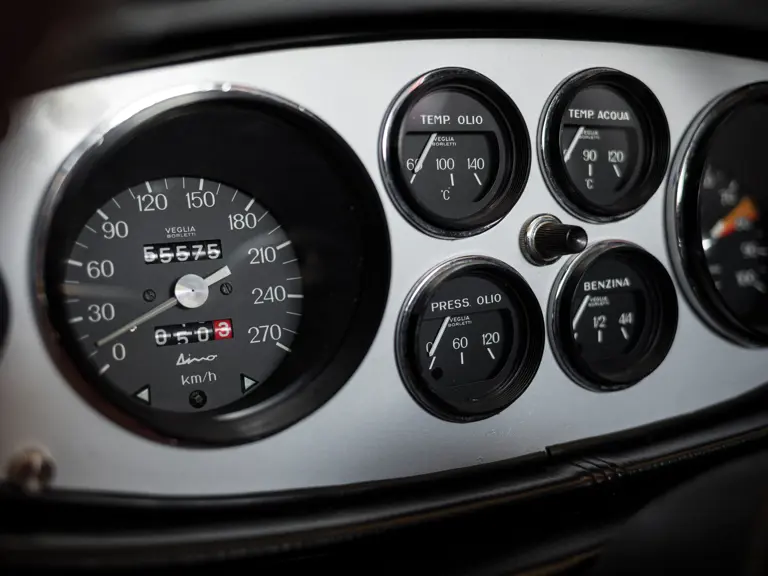
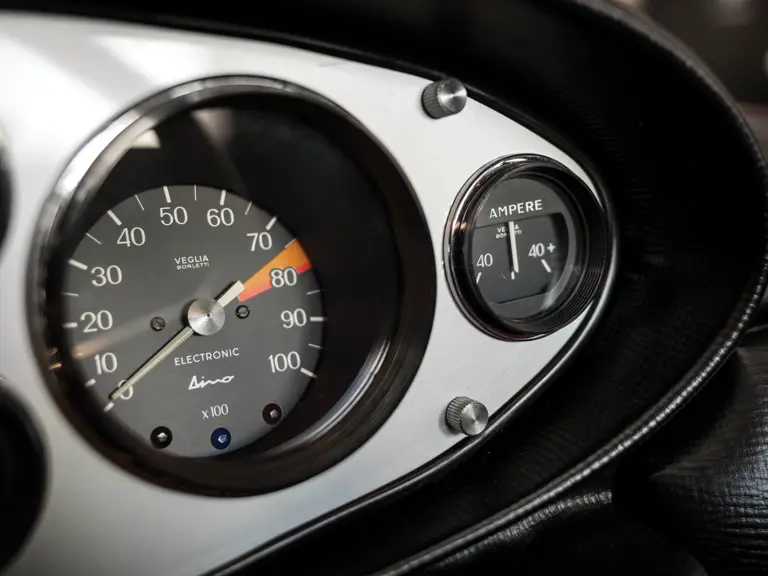
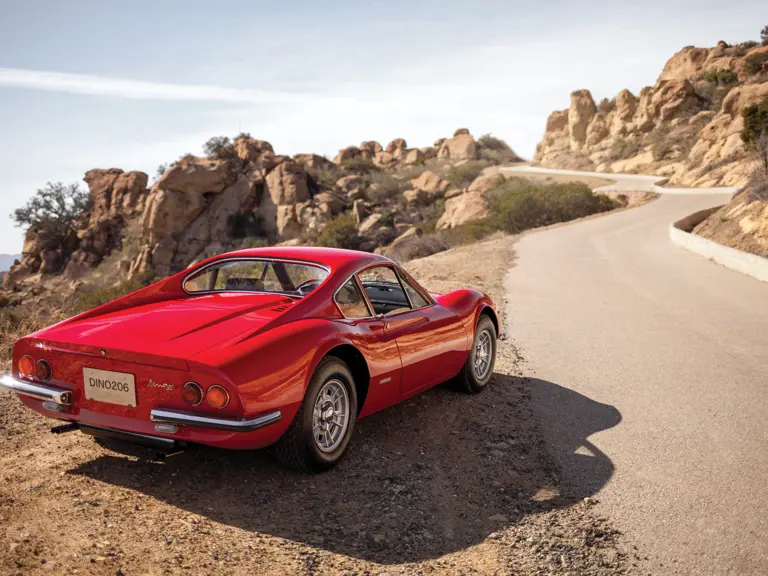
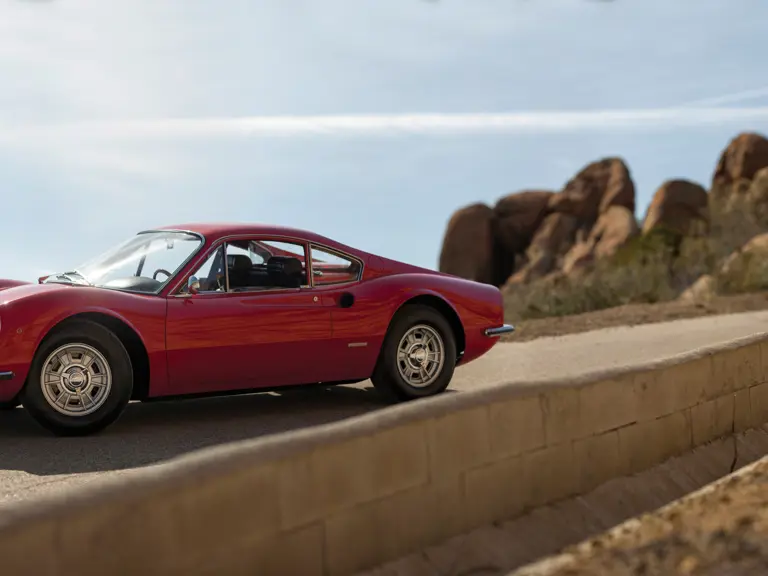
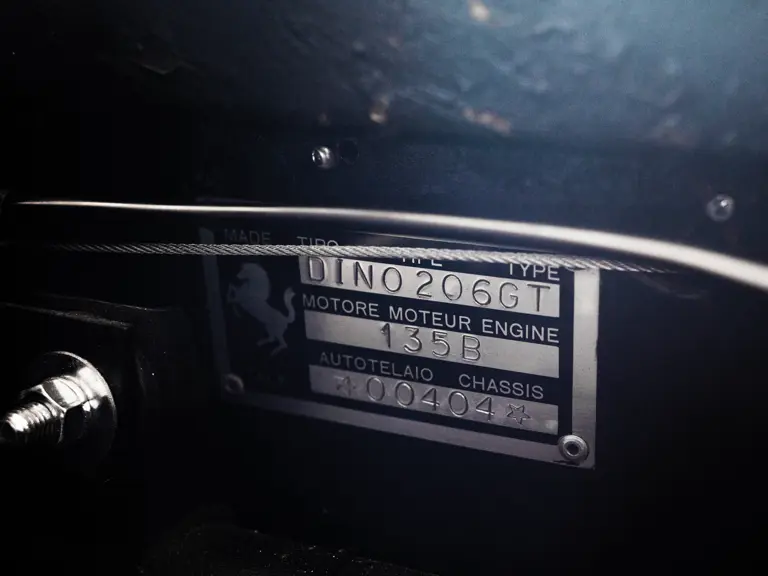



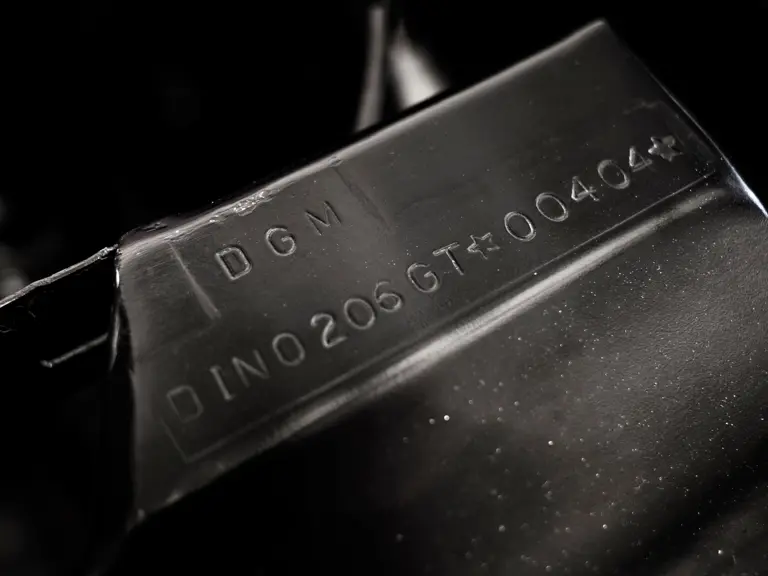
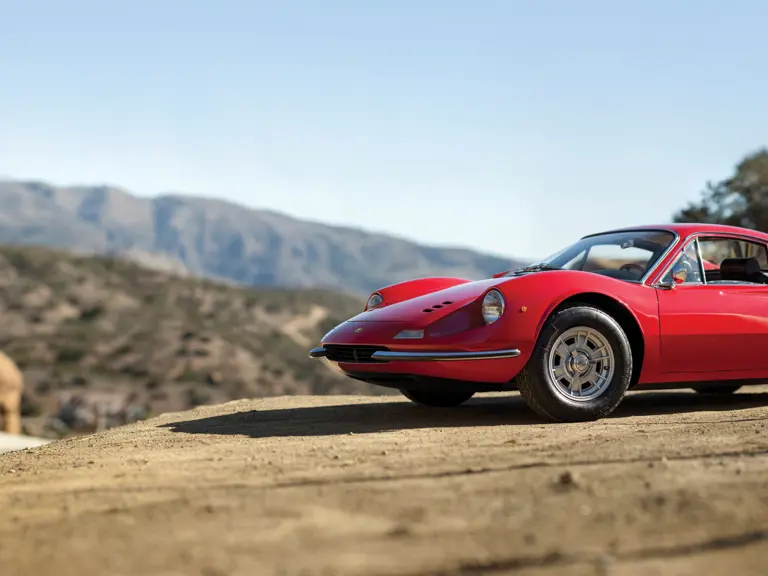


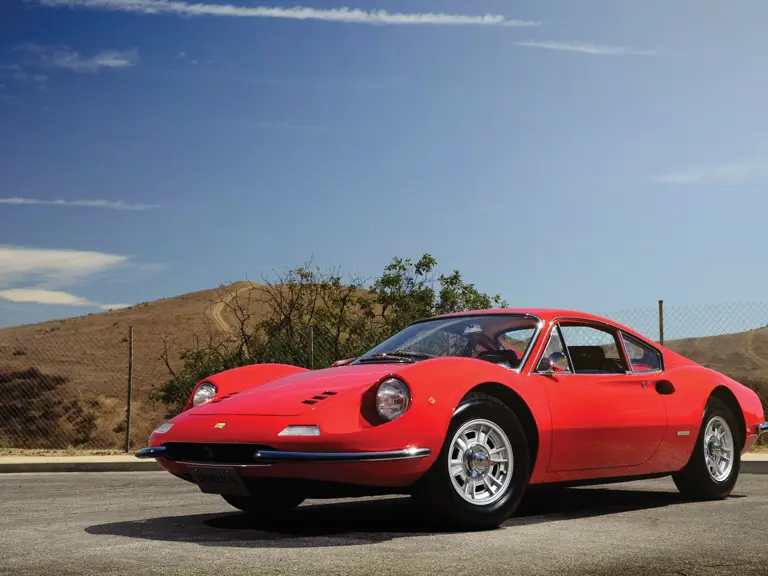
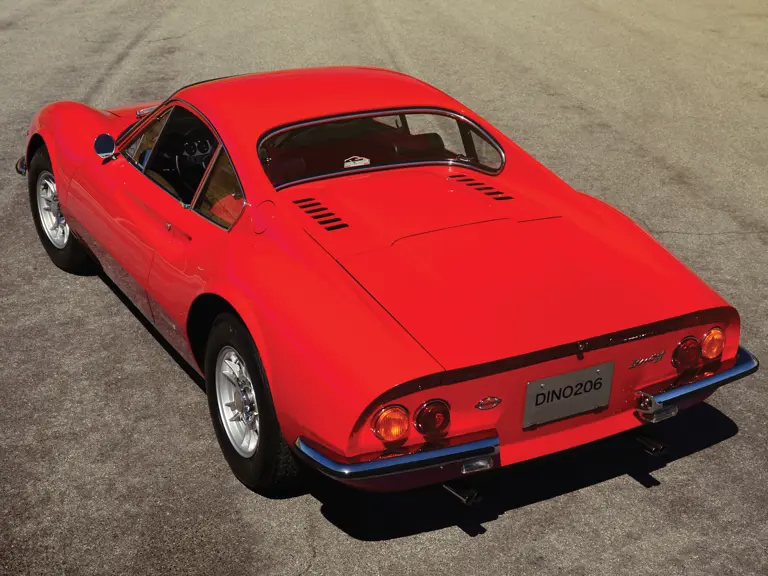
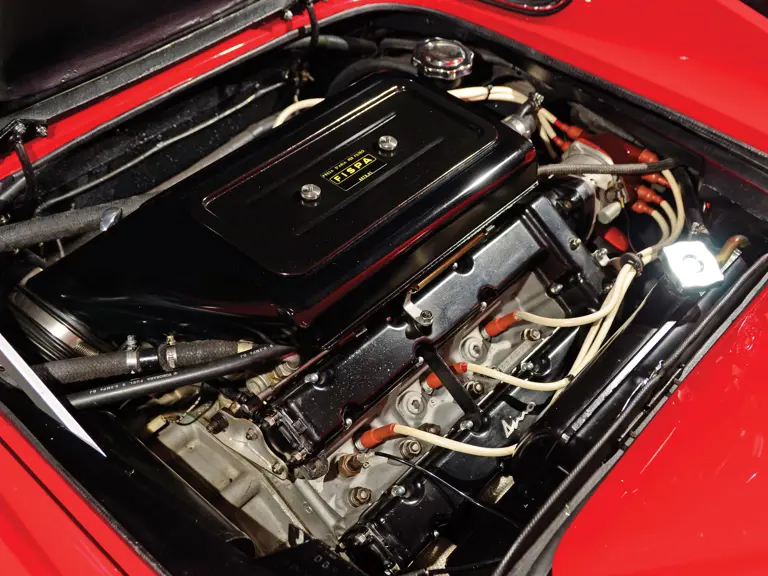
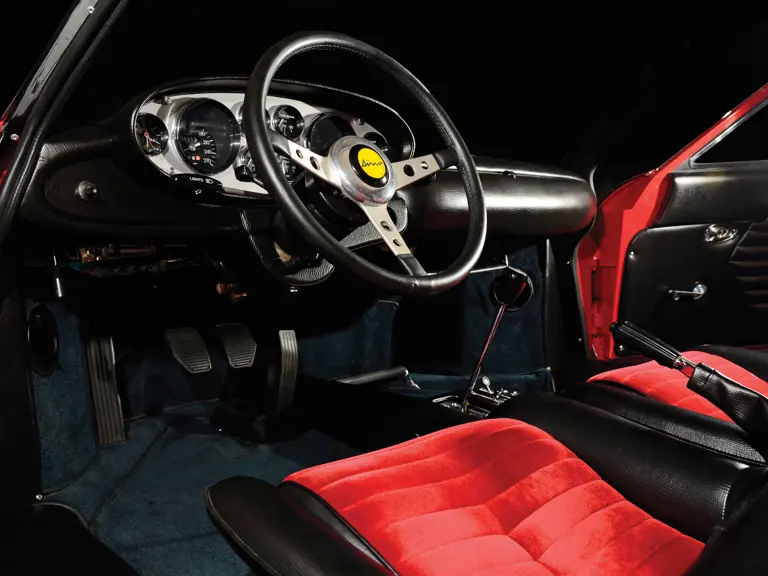

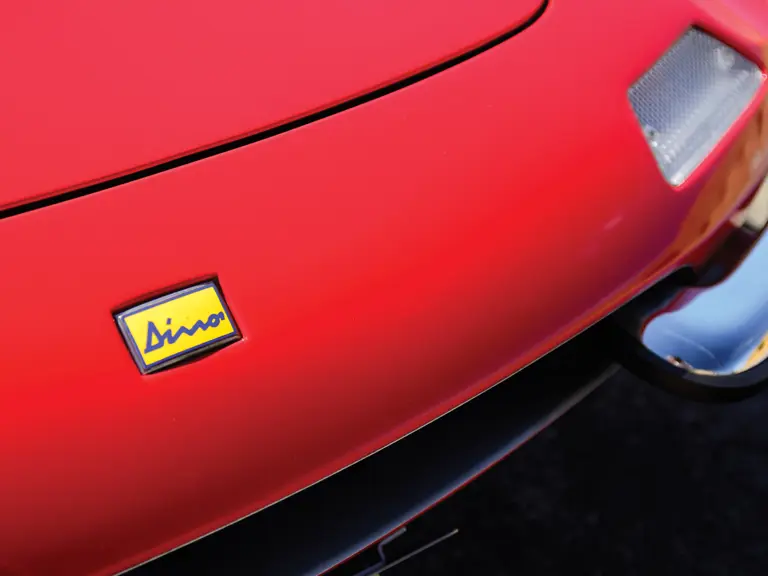

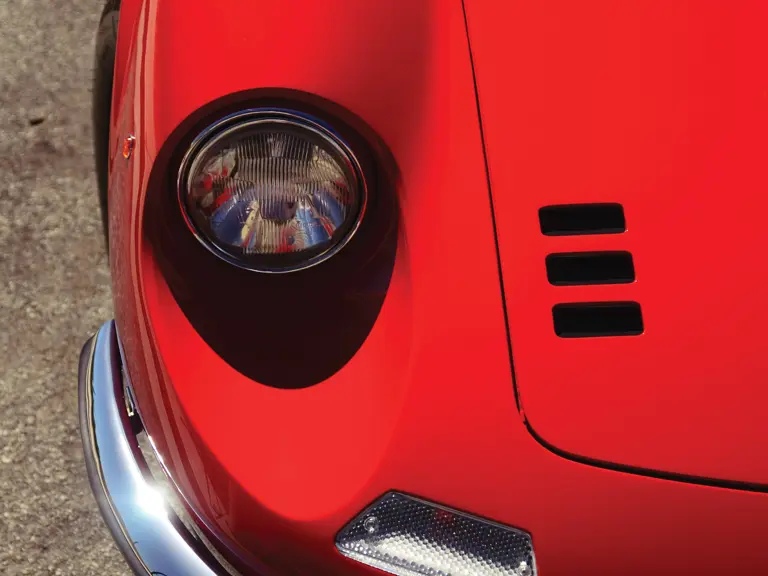
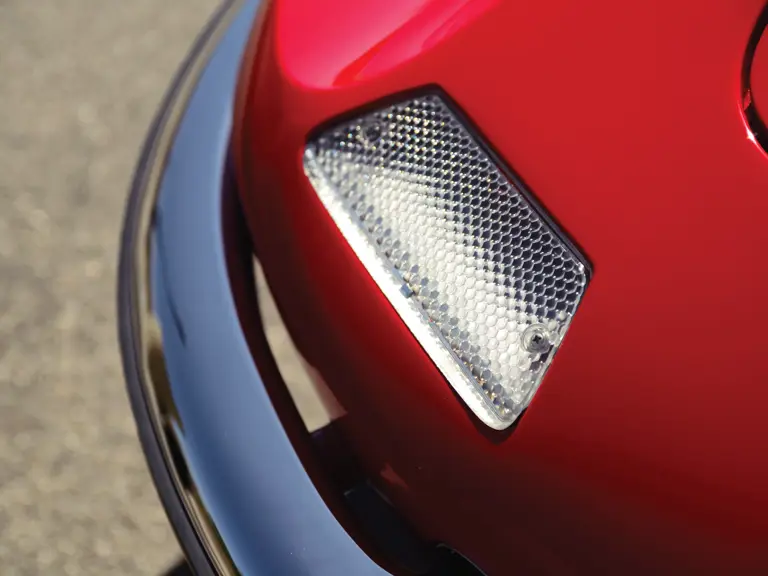
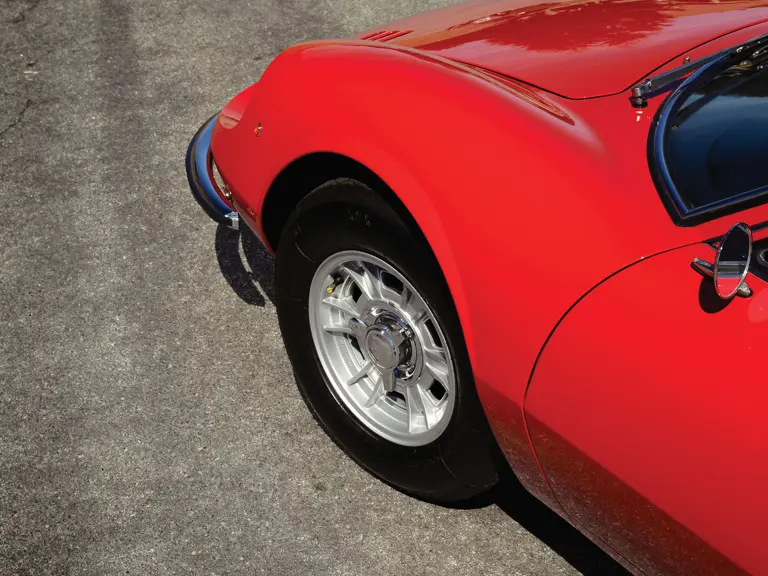
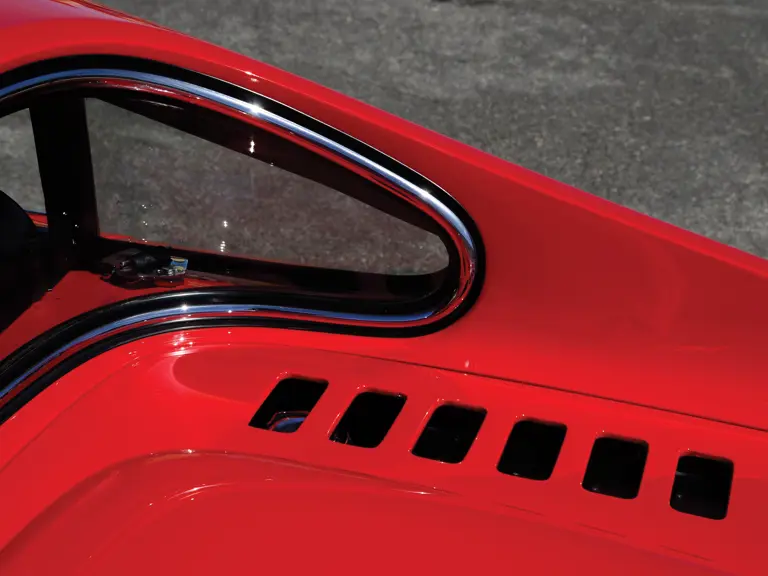



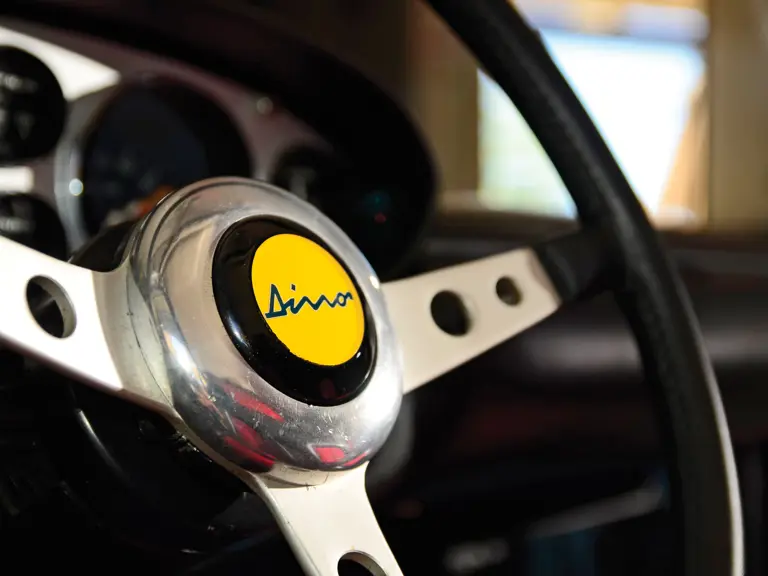
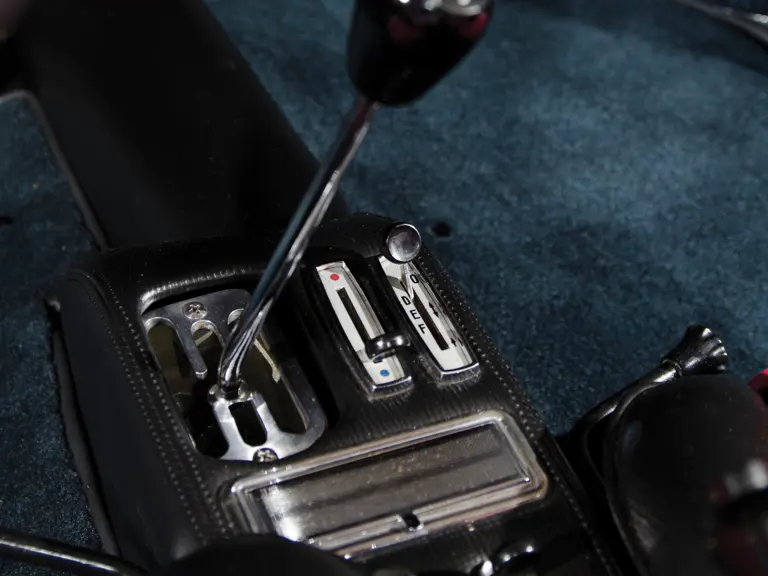
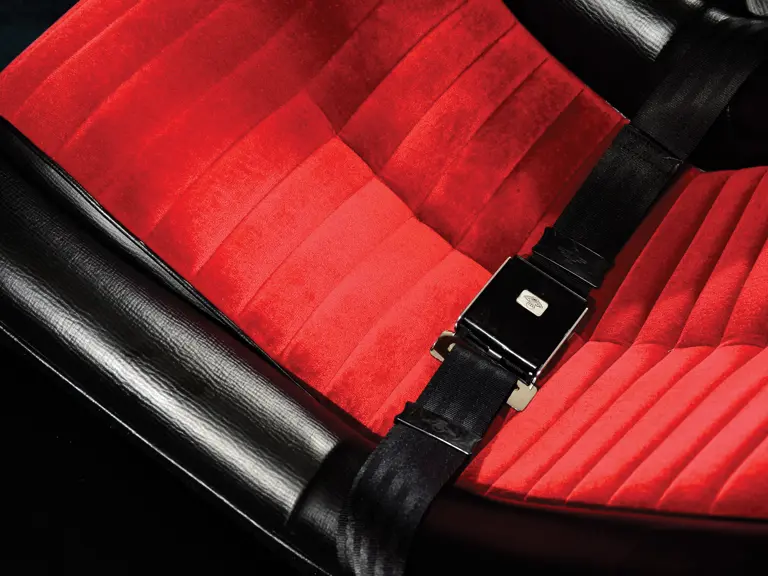
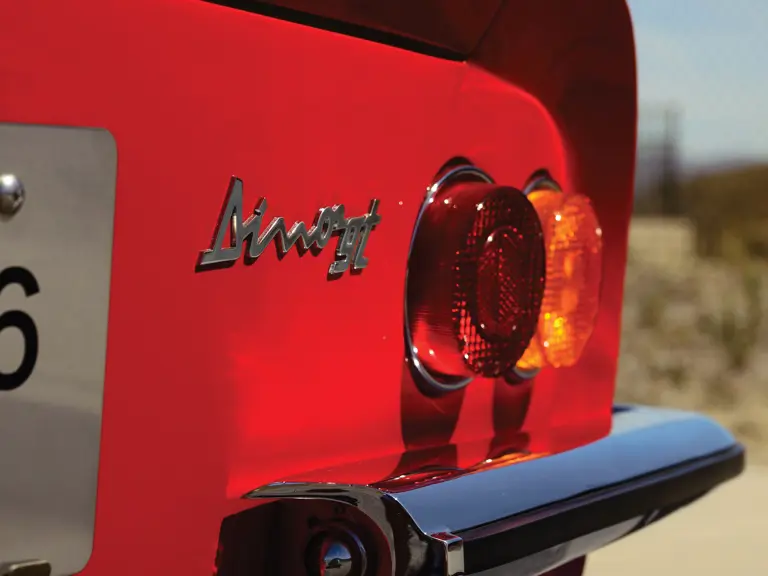
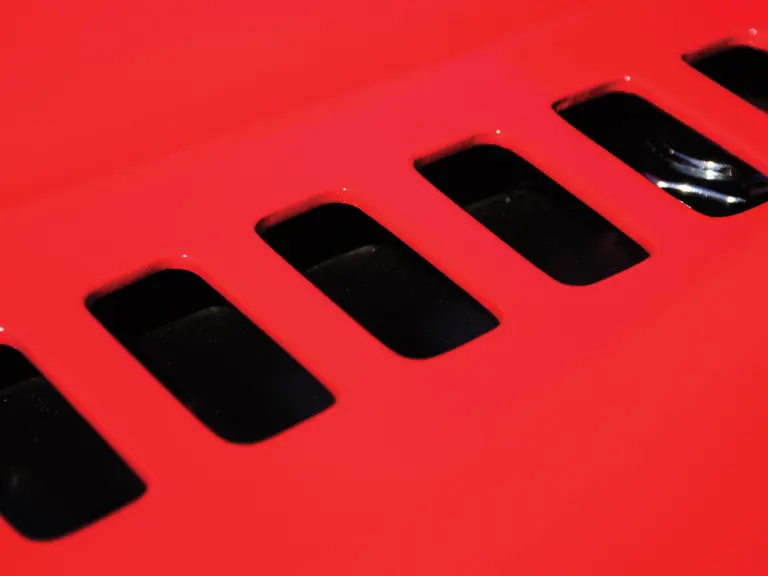

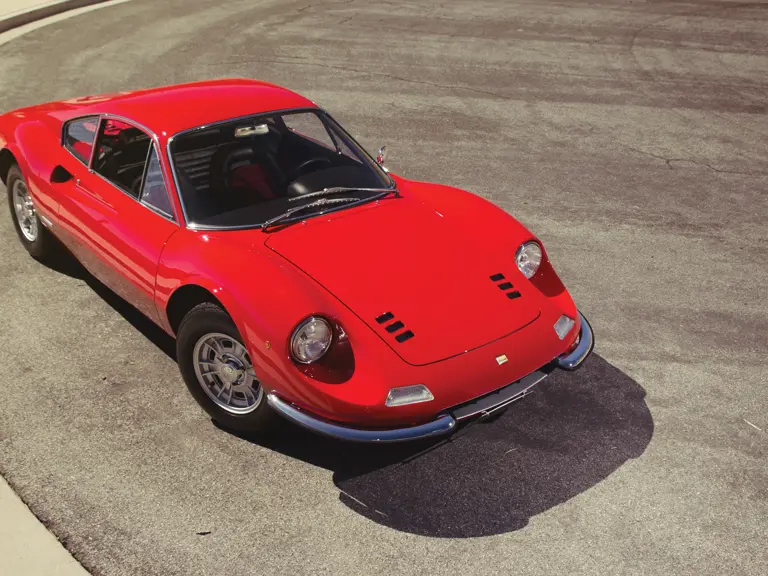
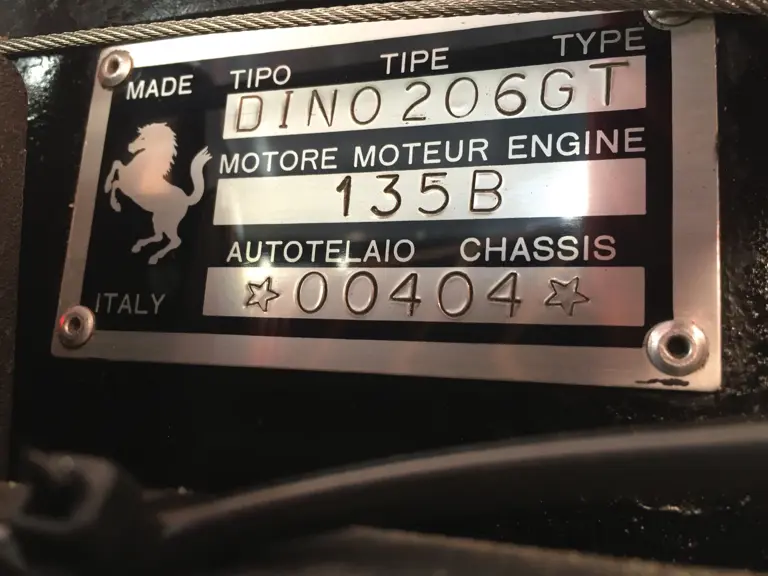

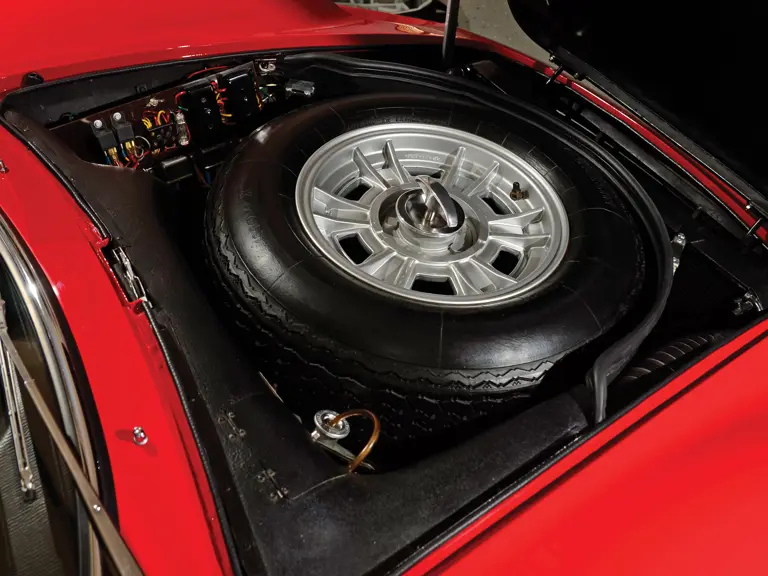
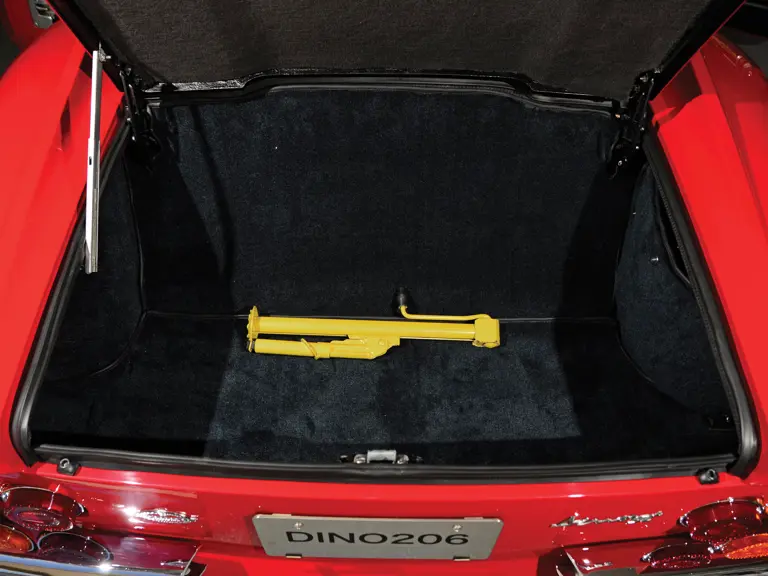
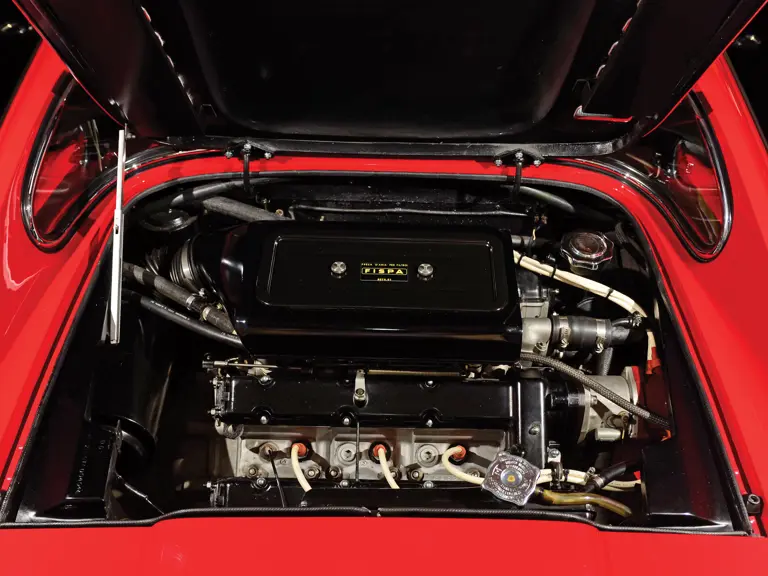
 | New York, New York
| New York, New York

